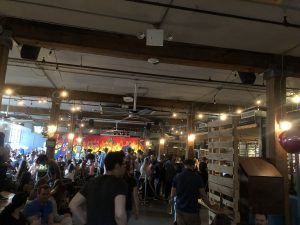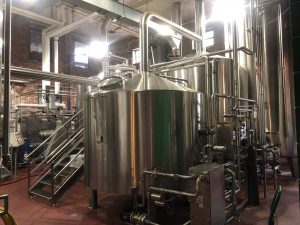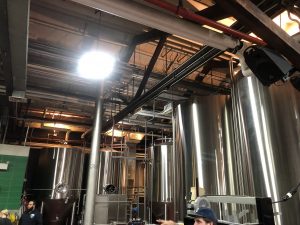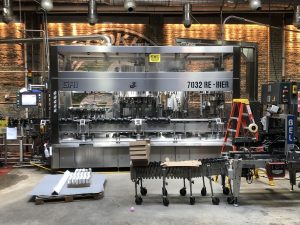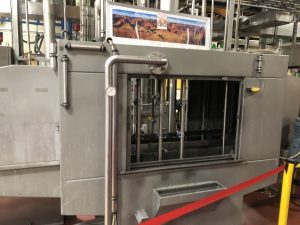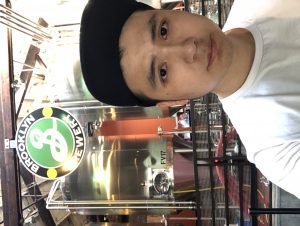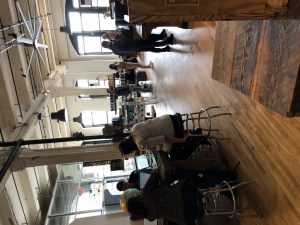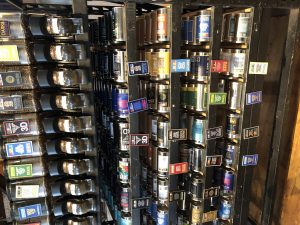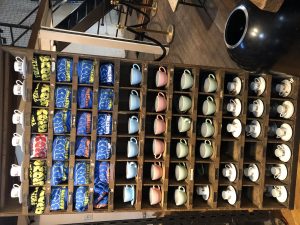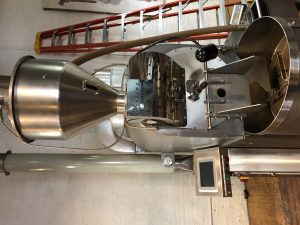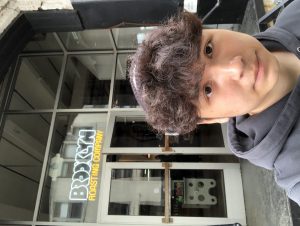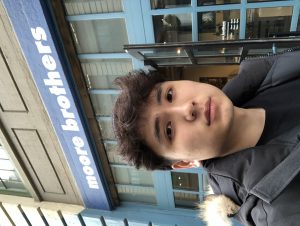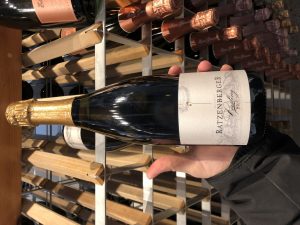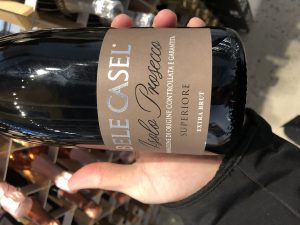For the Beverage Production Experiential Learning Analysis, I visited the Brooklyn Brewery. I chose this brewery because I have seen it so often and their logo with a big B is just so recognizable that made it my first choice. the brewery has two main parts; the lobby and the production behind it. When I entered the brewery the lobby is packed with visitors, there is a counter that sells draft beer and the line is just so long that I didn’t even want to wait.
After a few minutes of waiting, a tour guide called Sean came to lead us the production line to see how the beer is been made. He was so knowledgeable that was able to answer everybody’s question and encouraged people to ask more questions. Their beer is made with four main ingredients; Grain, Hops, Yeast and water. The process of making beer is actually pretty simple. After chosen the malt, they will crash it and mix it in a tank with hot but not boiling water for an hour to release the sugar for later fermentation. After an hour they transfer the sweet liquid to a vessel called kettle and add hops. the mixture will ferment in the Whirlpool; it’s just another big tank. Then the tank will remove the unwanted malt and hops to get a sweet liquid that is later been fermented.
Fermentation tanks were in a different area about 20 steps away. In the fermentation tank, they will add yeast and sugar to produce alcohol. During the fermentation process, they will also add hops for aromas. They used about three to six hops depends on the beer. Then when the beer is matured they will be filtered and carbonated and transferred to another tank. Beer will be bottled when it is ready. Right next to the fermentation tanks are the bottling line and the machines that make cage beer.
Some facts about the Brooklyn Brewery are their highest alcohol beer were 13.3%, they sell beer in more country than states and they do a collaboration with other breweries in a different area. Sean also told us that there are only two types of yeast which made it only two types of beer; Ale and Lager. However, there can be many sub-categories of both.
Since they have so many beers I asked how do they brew new beer and I got a very surprising answer. Every other month, Brooklyn Brewery will rotate their employees to brew their own beer from imagination; almost every employees have to take terms, even the Bottling staff. Beer brewed from their imagination then will be tested for sell, if it sells well they will produce more.
The only thing I didn’t like was the waiting line, it takes about 20 minutes to get a draft beer and space is kind overcrowded were a lot of people were standing.
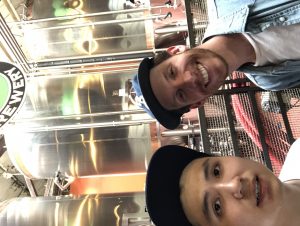
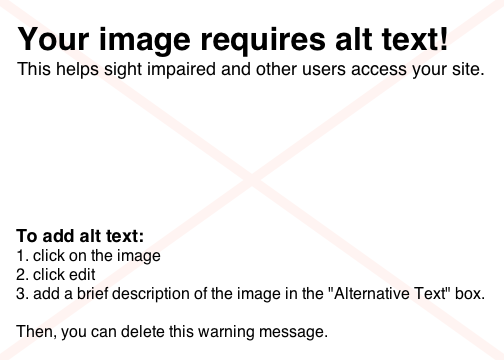 This is me and Sean at the brewery. He is indeed a very knowledgeable staff and well prepared for any question.
This is me and Sean at the brewery. He is indeed a very knowledgeable staff and well prepared for any question.
Reference:
Brewery, B. (n.d.). Welcome to Brooklyn : Brooklyn Brewery. Retrieved from https://brooklynbrewery.com/about/about-the-brewery
Brooklyn Brewery | Brooklyn, NY | Beers. (n.d.). Retrieved from https://www.beeradvocate.com/beer/profile/45/
Brooklyn Brewery Expands Distribution to California, Begins Test Brewing at 21st Amendment. (2019, January 16). Retrieved from https://www.brewbound.com/news/brooklyn-brewery-expands-distribution-to-california-begins-test-brewing-at-21st-amendment

